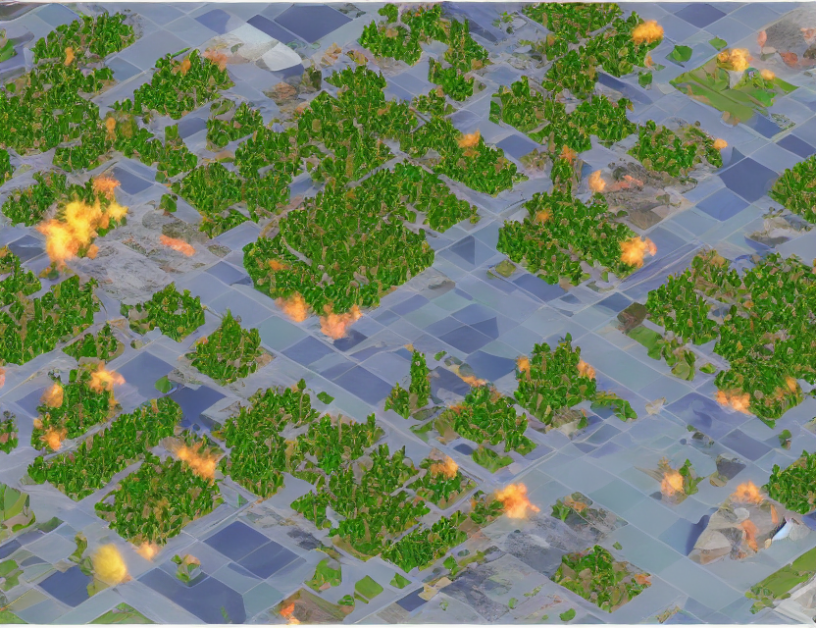Incomplete multi-view clustering (IMVC) is a technique used to group data points together based on their similarities across multiple views, even when some of the data is missing. This approach has become increasingly important in recent years due to its applications in various fields such as computer vision, natural language processing, and recommendation systems.
The survey conducted by Wang et al. (2023) provides a comprehensive overview of the existing IMVC methods, including their strengths, weaknesses, and areas for future research. The authors organize these methods into three categories: (1) NMF-based methods, which use non-negative matrix factorization to learn the latent representations of incomplete multi-views; (2) graph-based methods, which utilize graph theory to capture the relationships between data points in different views; and (3) hybrid methods, which combine the strengths of multiple approaches to improve clustering performance.
The authors also highlight some of the challenges associated with IMVC, such as dealing with missing data, handling inconsistent or noisy labels, and improving scalability for large-scale datasets. To address these challenges, they propose several future research directions, including exploring new regularization techniques, developing more efficient algorithm implementations, and investigating the use of transfer learning to improve clustering performance.
One analogy that can be used to understand IMVC is thinking of it as a jigsaw puzzle. Just like how a jigsaw puzzle has missing pieces, incomplete multi-views have missing data points. However, by using various techniques, such as NMF or graph theory, we can still assemble the puzzle and group similar pieces together, even if some of them are missing.
In summary, IMVC is a powerful technique that enables clustering of data points across multiple views, even when some of the data is missing. The survey by Wang et al. (2023) provides a comprehensive overview of the existing methods and highlights future research directions to improve clustering performance. By using everyday language and analogies, we can demystify complex concepts and make them more accessible to a wider audience.
Computer Science, Computer Vision and Pattern Recognition
Clustering-Guided Contrastive Fusion for Multi-View Representation Learning



